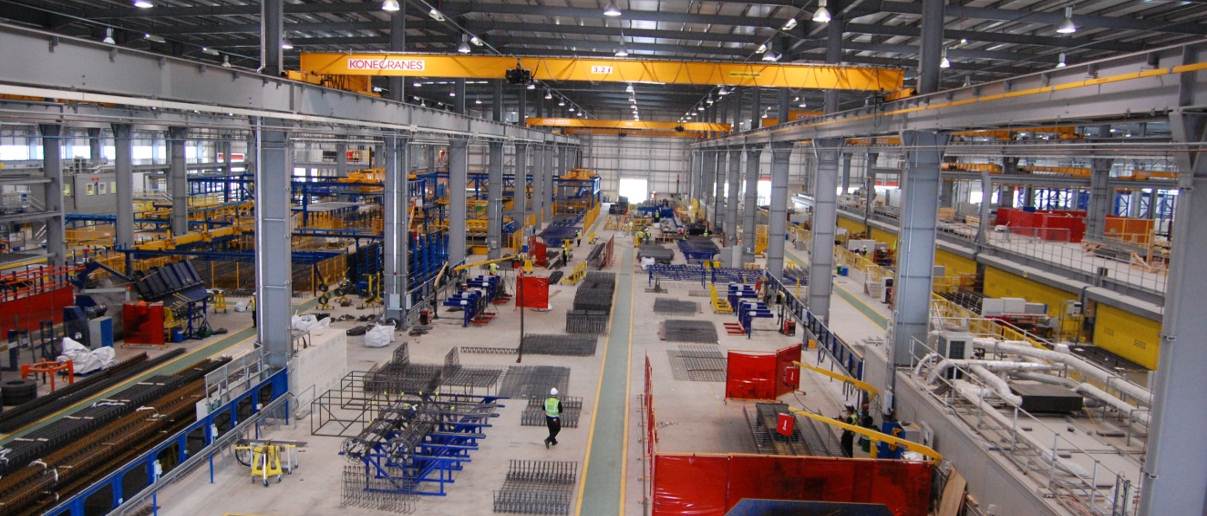Industrial Buildings Allowance (IBA)

|
The Industrial Buildings Allowance (IBA) was introduced by the government in its 1945 Income Tax Act to boost post-war productivity in industry. The idea was that whatever the capital cost of constructing a manufacturing or processing building (or sometimes purchasing it 'second-hand’), the person holding 'the relevant interest' in the building would receive tax relief.
Aimed originally at productive industry, the scope of IBA was broadened to include allowances on infrastructure such as tunnels, bridges, roads used for highway concessions, qualifying hotels and commercial buildings in enterprise zones.
In effect, IBA was a writing down allowance (WDA) – allowing relevant business people to deduct a percentage of the value of an item from their profits each year, which in turn meant they paid less tax – typically for around 25 years, sometimes less. Thus, IBA constituted an incentive to build ‘industrial’ facilities.
However, the item had to count as ‘qualifying expenditure’ that had been incurred on a building.
IBA was made to the person holding relevant interest in relation to the qualifying expenditure. The relevant interest is defined by the construction expenditure incurred on the building; relevant interest therefore is the interest in the building to which the person who incurred the construction expenditure was entitled to when the expenditure was incurred. A building may have had several relevant interests, as construction expenditure could have been incurred at different times and by different people.
The following is an example of relevant interest given by UK tax collection service Her Majesty’s Revenue and Customs (HMRC, formerly ‘Inland Revenue’ for income tax collection):
"Warren builds a factory on land that he owns. The relevant interest for the factory is the freehold interest. If Warren leases the factory to Lowell and Lowell builds an extension, the relevant interest for the extension is Lowell’s leasehold interest. So, there are two relevant interests for the factory – Warren’s freehold interest for the factory and Lowell’s leasehold interest for the extension."
Buildings or constructions that qualified were:
- Buildings of a qualifying trade: e.g manufacturing/processing, storage, generating/transforming/converting, transmitting electrical energy
- Supplying water for public consumption
- Providing sewage undertakings
- Transport, inland navigation and dock undertakings (dock, wharf, pier etc)
- Tunnels
- Bridges (only if expenditure incurred after end 1956-57)
- Highways
- Undertakings for the supply of hydraulic power.
IBA allowances no longer exist. They were continuously in force from 1945 to 2008, after which they became the subject of a phased withdrawal until the financial year beginning April 1, 2011. Since then there have been no IBA writing down allowances.
[edit] Related articles on Designing Buildings
Featured articles and news
The Building Safety Forum at the Installershow 2025
With speakers confirmed for 24 June as part of Building Safety Week.
The UK’s largest air pollution campaign.
Future Homes Standard, now includes solar, but what else?
Will the new standard, due to in the Autumn, go far enough in terms of performance ?
BSRIA Briefing: Cleaner Air, Better tomorrow
A look back at issues relating to inside and outside air quality, discussed during the BSRIA briefing in 2023.
Restoring Abbotsford's hothouse
Bringing the writer Walter Scott's garden to life.
Reflections on the spending review with CIAT.
Retired firefighter cycles world to raise Grenfell funds
Leaving on 14 June 2025 Stephen will raise money for youth and schools through the Grenfell Foundation.
Key points for construction at a glance with industry reactions.
Functionality, visibility and sustainability
The simpler approach to specification.
Architects, architecture, buildings, and inspiration in film
The close ties between makers and the movies, with our long list of suggested viewing.
SELECT three-point plan for action issued to MSPs
Call for Scottish regulation, green skills and recognition of electrotechnical industry as part of a manifesto for Scottish Parliamentary elections.
UCEM becomes the University of the Built Environment
Major milestone in its 106-year history, follows recent merger with London School of Architecture (LSE).
Professional practical experience for Architects in training
The long process to transform the nature of education and professional practical experience in the Architecture profession following recent reports.
A people-first approach to retrofit
Moving away from the destructive paradigm of fabric-first.
International Electrician Day, 10 June 2025
Celebrating the role of electrical engineers from André-Marie Amperè, today and for the future.
New guide for clients launched at Houses of Parliament
'There has never been a more important time for clients to step up and ...ask the right questions'
The impact of recycled slate tiles
Innovation across the decades.
EPC changes for existing buildings
Changes and their context as the new RdSAP methodology comes into use from 15 June.
























